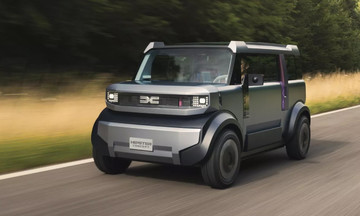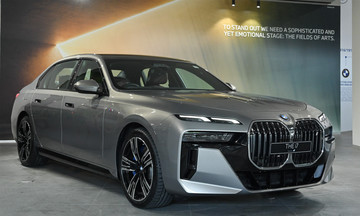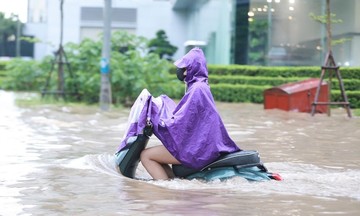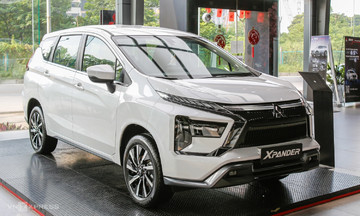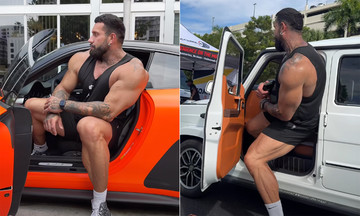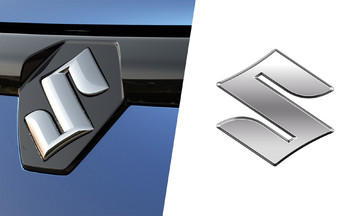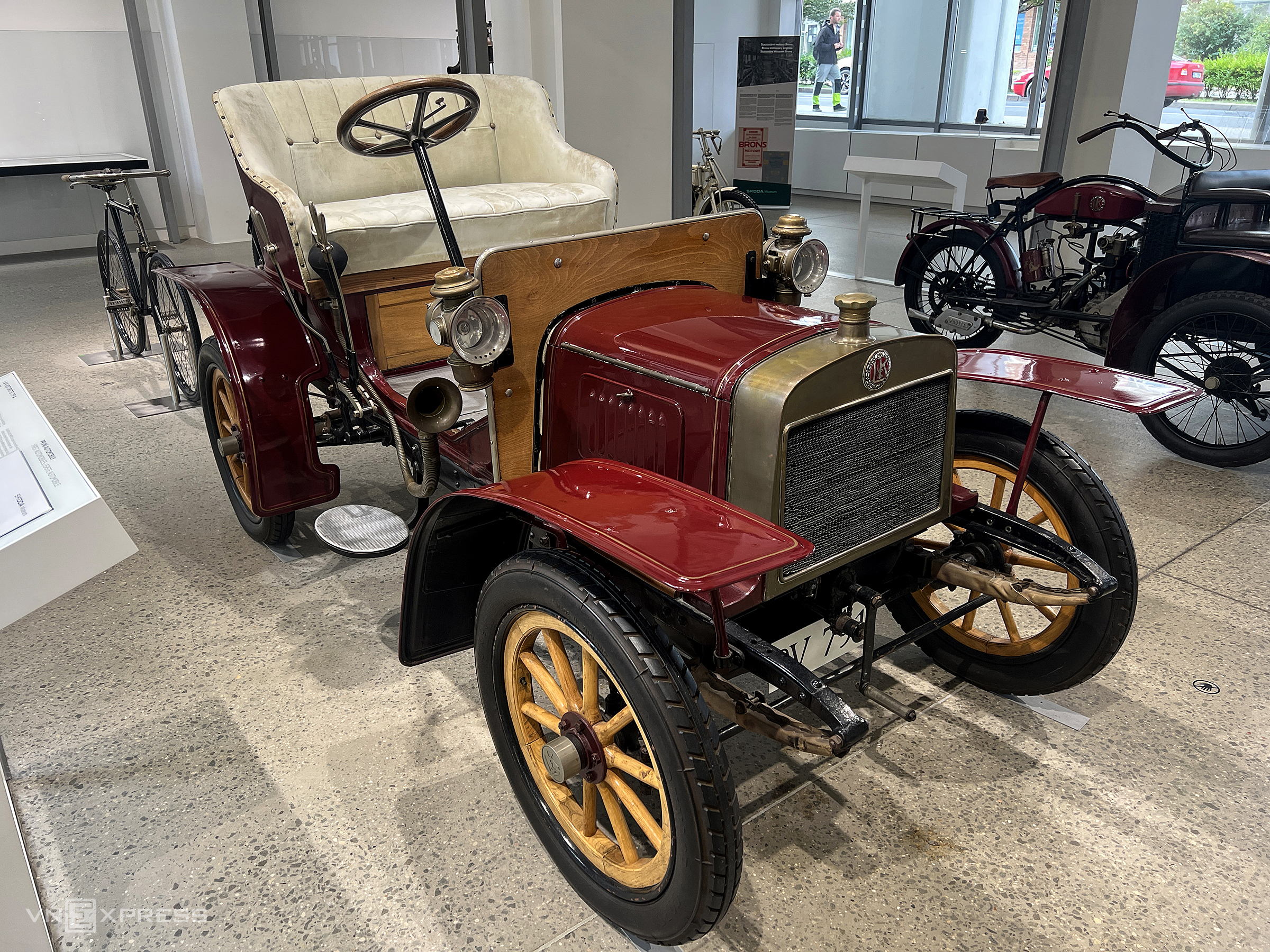 |
The Laurin & Klement company, founded by Vaclav Laurin and Vaclav Klement in 1895 in Mlada Boleslav, Kingdom of Bohemia (later Czechoslovakia and now part of the Czech Republic), initially focused on manufacturing and repairing bicycles. By 1905, the company began producing its first car, the Voiturette A, becoming the largest automobile manufacturer under the Austro-Hungarian Empire. Skoda acquired the company in 1925. Today, the 120-year-old car is on display at the Skoda Museum in Mlada Boleslav, Czech Republic.
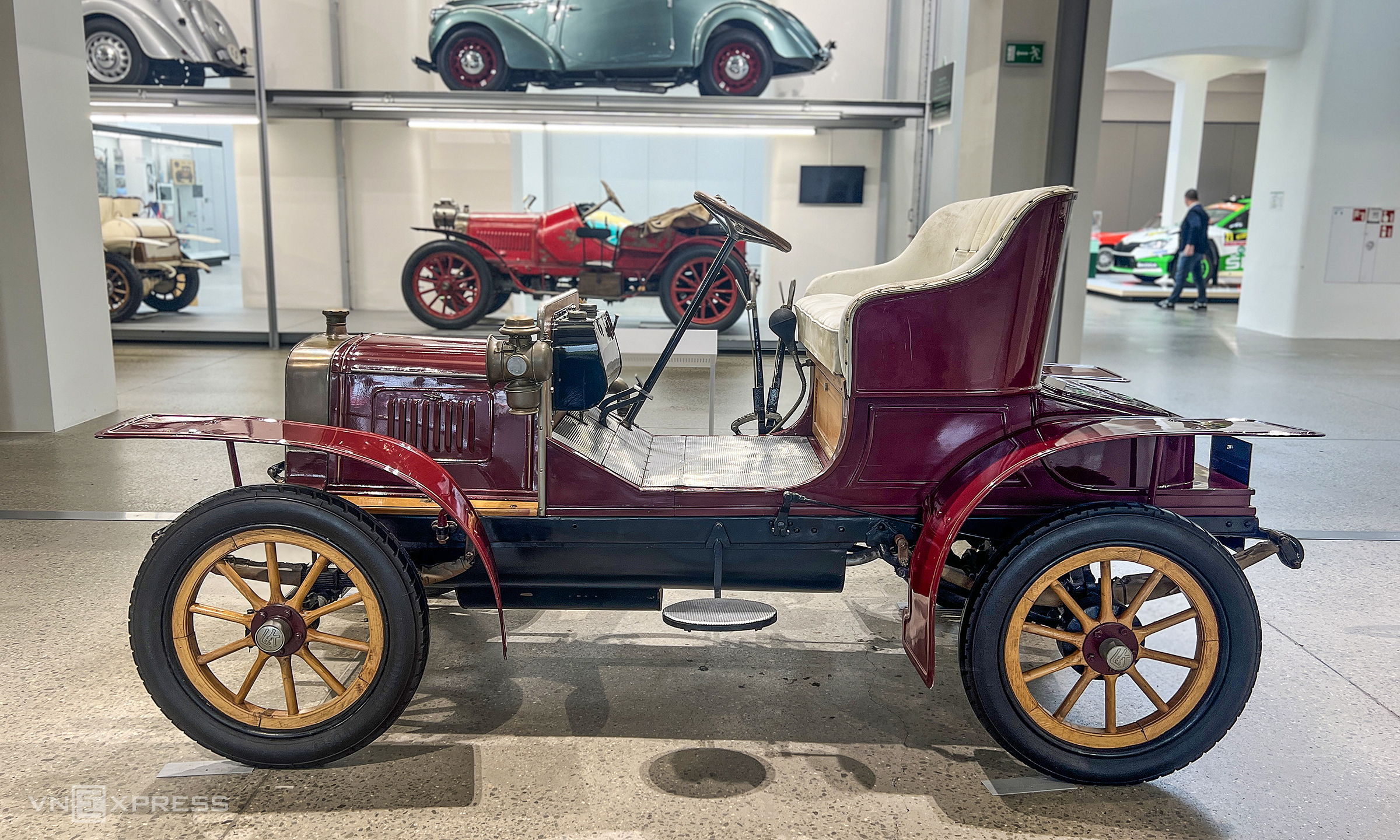 |
The Voiturette A was produced from 1905 to 1907, with 44 units made in red, green, blue, and white. It debuted to the public at the Prague Motor Show on 15/4/1906. At the time, the standard version cost 3,600 crown, while a worker earned 2 crown per day.
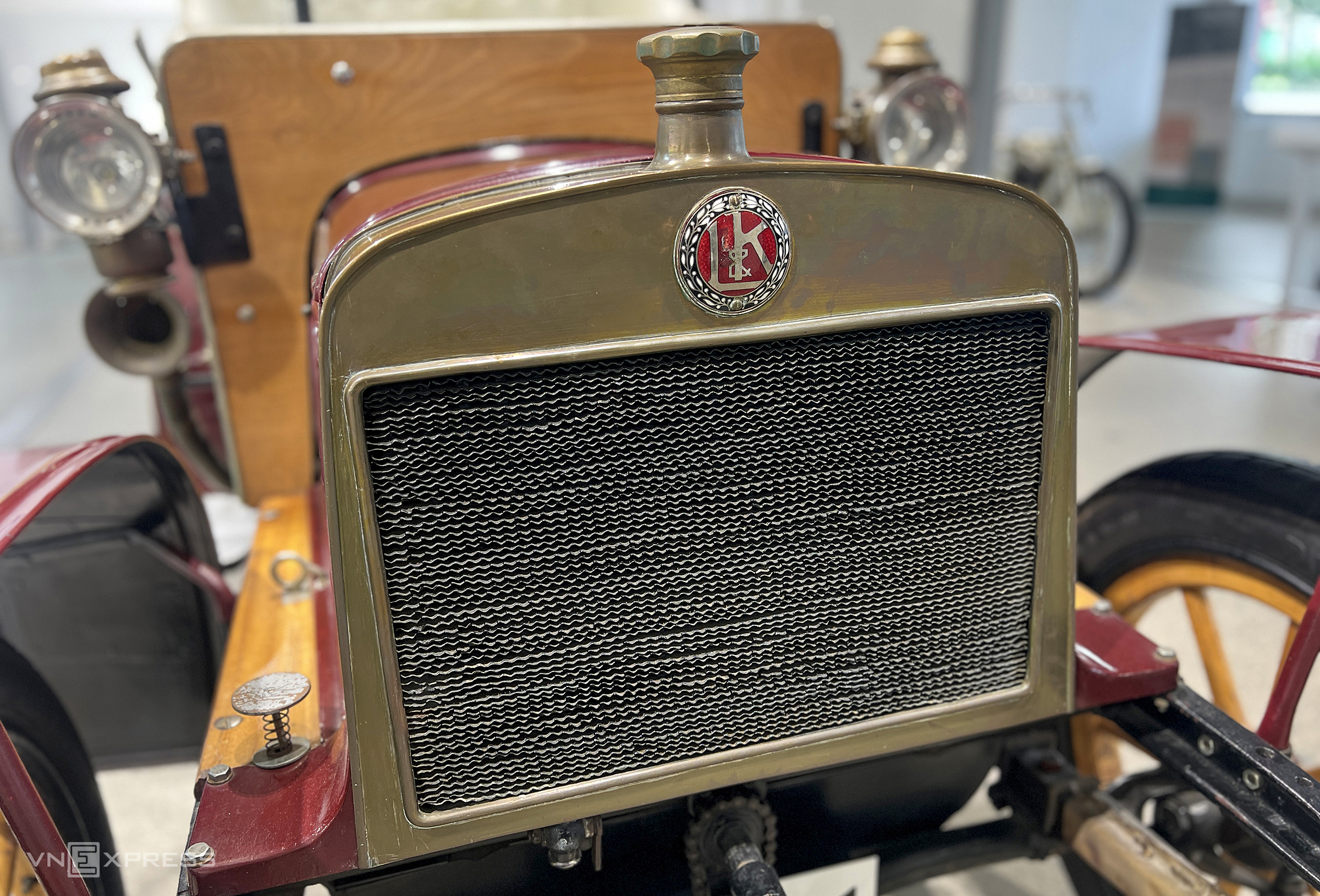 |
The Voiturette A used a front-mounted, 4-stroke, 1-liter V-twin engine, producing 7 horsepower. Power transmitted through a separate 3-speed gearbox and a leather-lined cone clutch, driving the rear wheels via a driveshaft. Some models offered an optional chain drive.
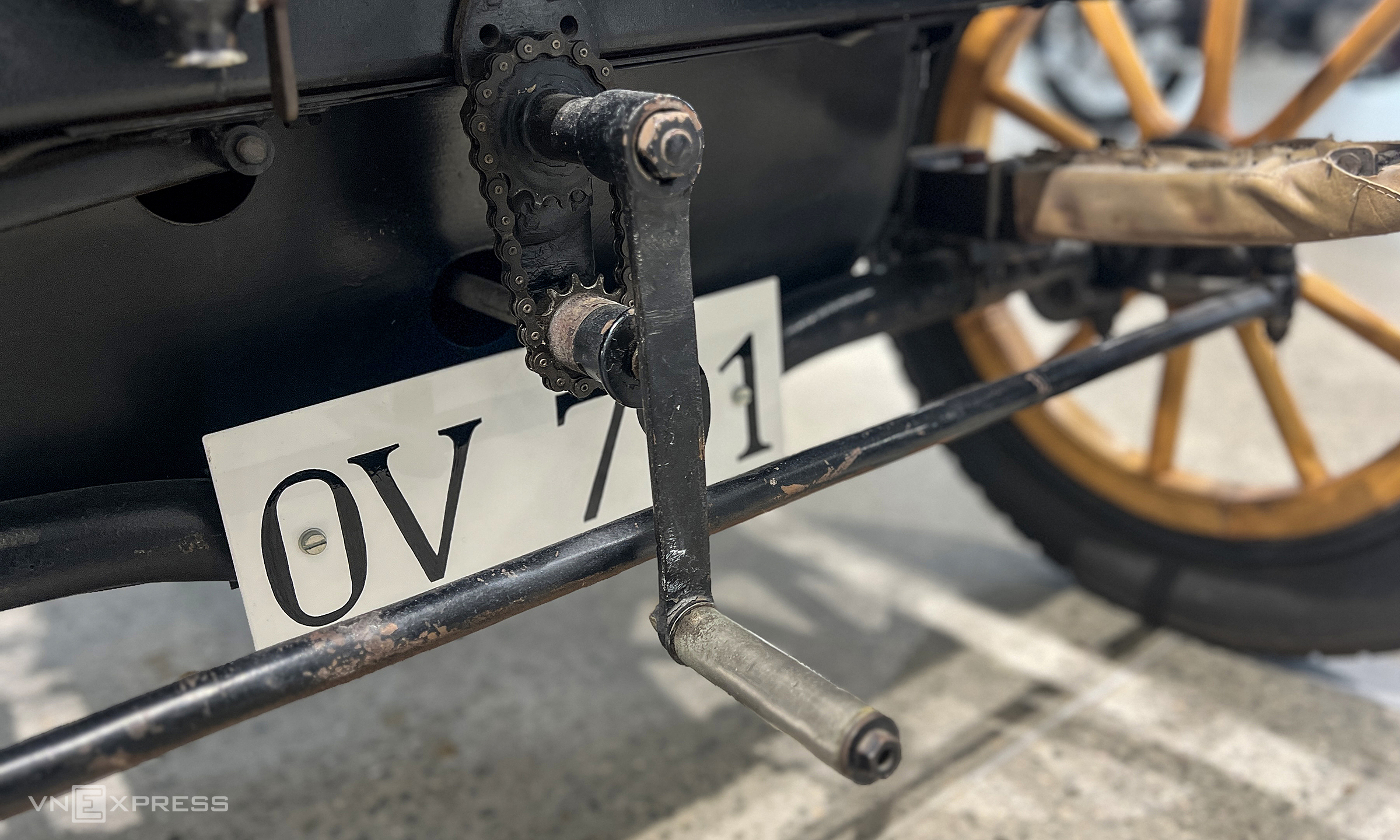 |
The front of the car featured a crank starter, connected to the crankshaft via a chain and gears. Once the engine started, the crank did not rotate with the engine, preventing injury. A drawback of this crank was that if the engine backfired, the crank could kick back forcefully, causing bleeding or broken bones.
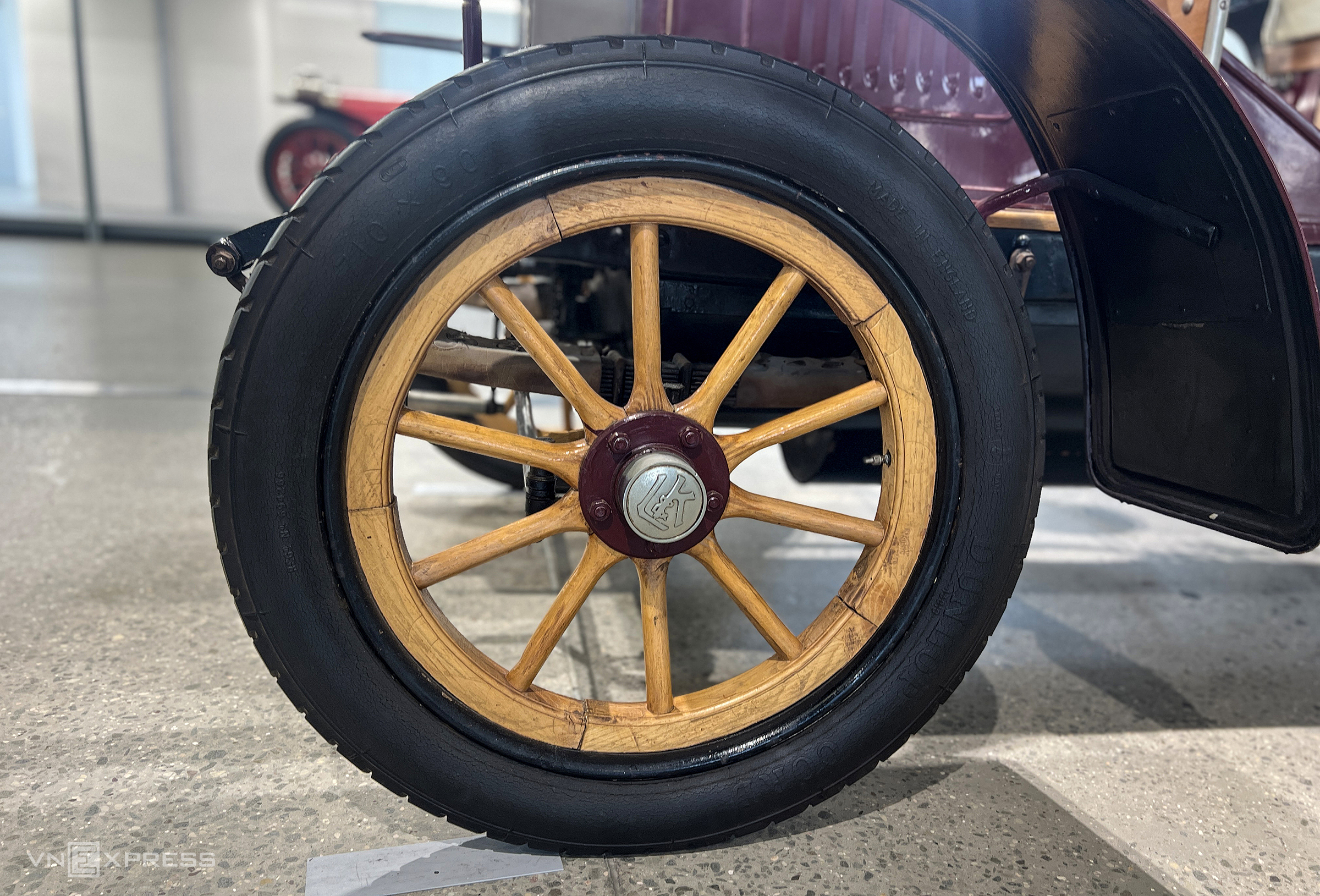 |
The car's wooden wheels were imported from England, a country with a long tradition in manufacturing wheels for horse carriages and early motor vehicles. Laurin & Klement also offered customers the option of spoke wheels.
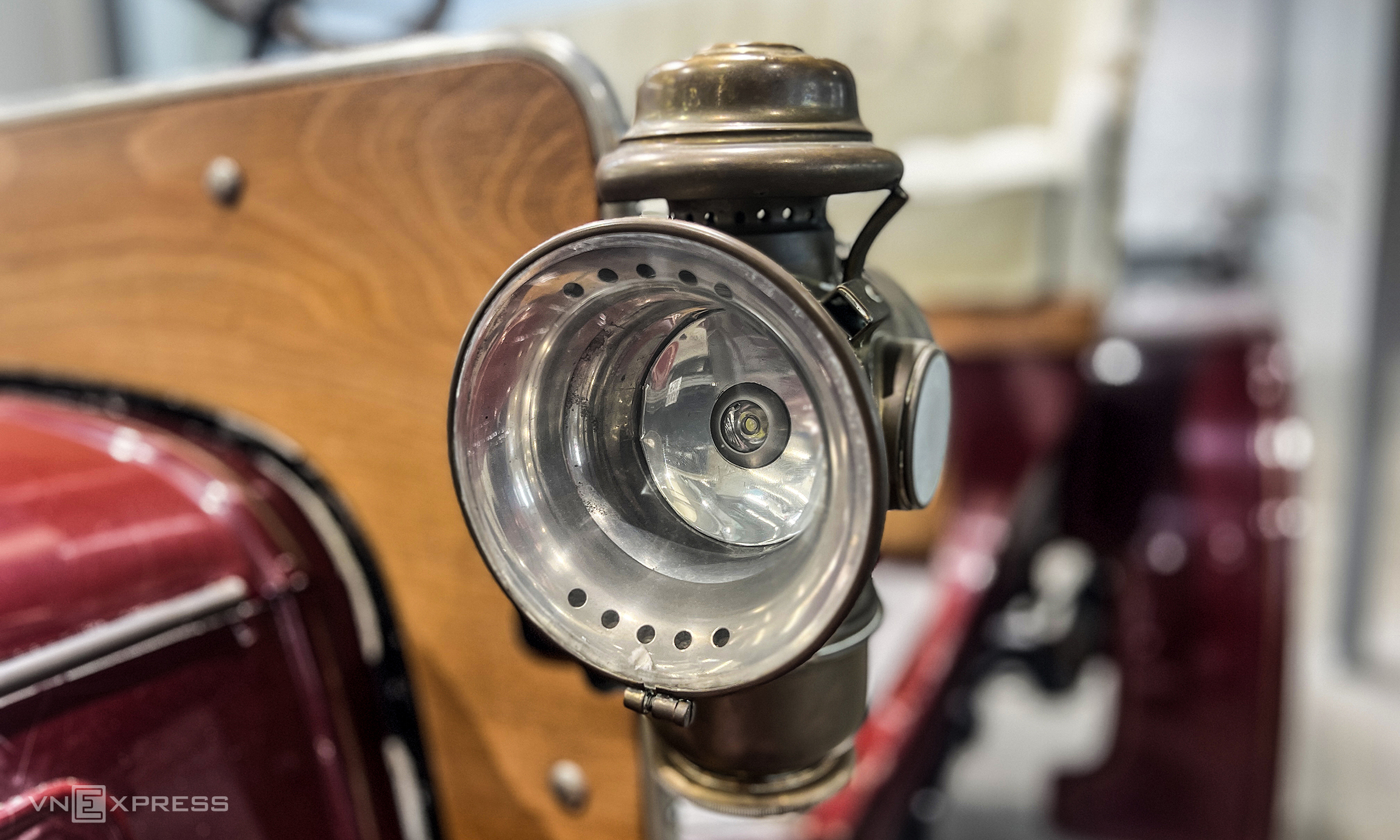 |
Car models in the 1900s used oil, candle, or acetylene lamps for illumination. The Voiturette A featured optional acetylene lamps at the front and small oil lamps on both sides for lighting and night markers. To operate the acetylene lamps, the driver needed to prepare clean water in the upper tank and carbide stone in the lower tank. Opening the adjustment valve initiated a chemical reaction, producing acetylene gas. The driver then lit the acetylene gas at the burner tip inside the lamp with a match, which produced white light. Turning the light on/off or adjusting its brightness depended on the water's drip rate. Drawbacks of the acetylene lamp system included significant residue, requiring frequent cleaning or replacement, and the flame being easily extinguished by wind or rain.
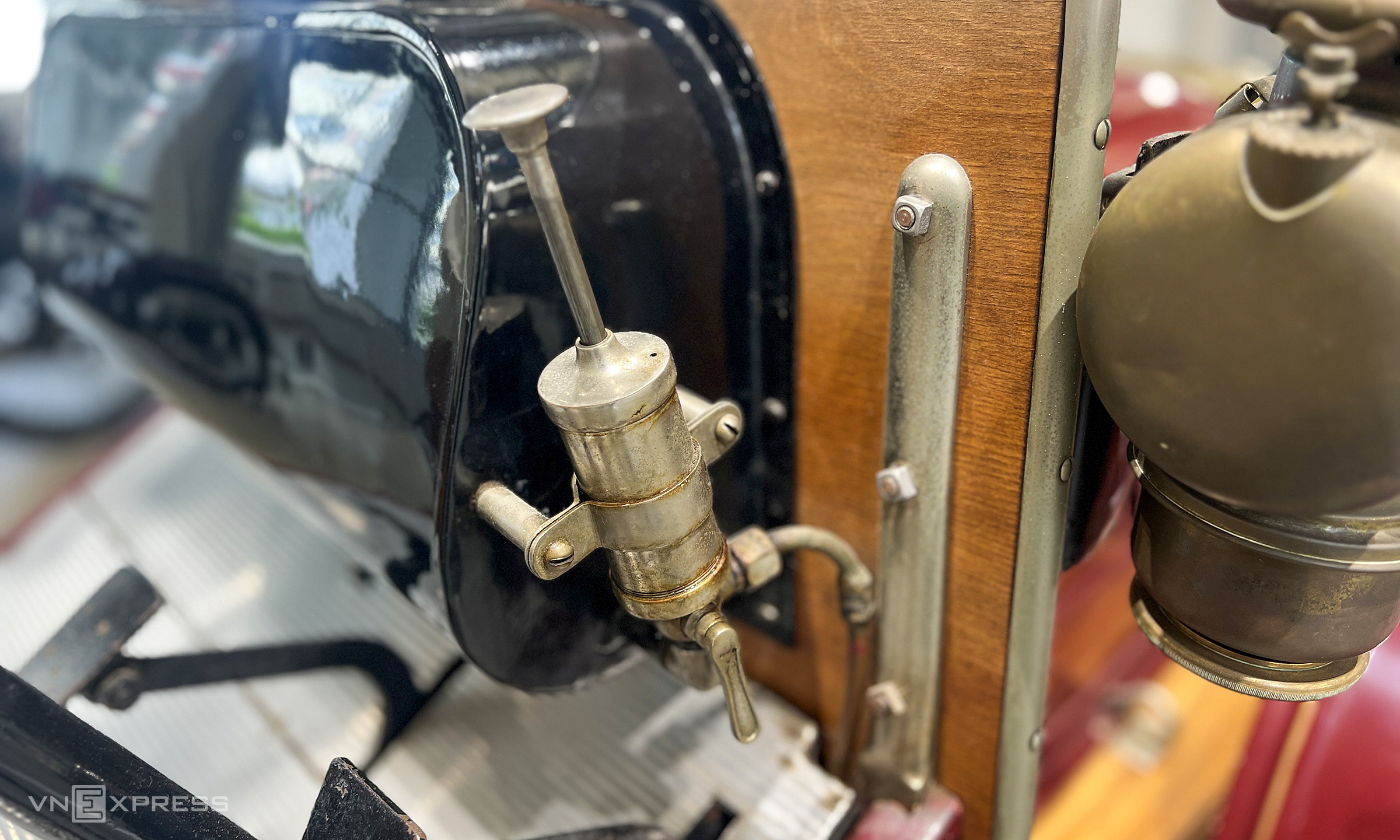 |
Next to the dashboard was a manual lubrication pump system. Before starting, the driver used a hand pump to deliver lubricating oil to internal engine components such as bearings, cylinders, and connecting rods. On long journeys, the driver would pump additional oil to prevent wear and tear on engine parts.
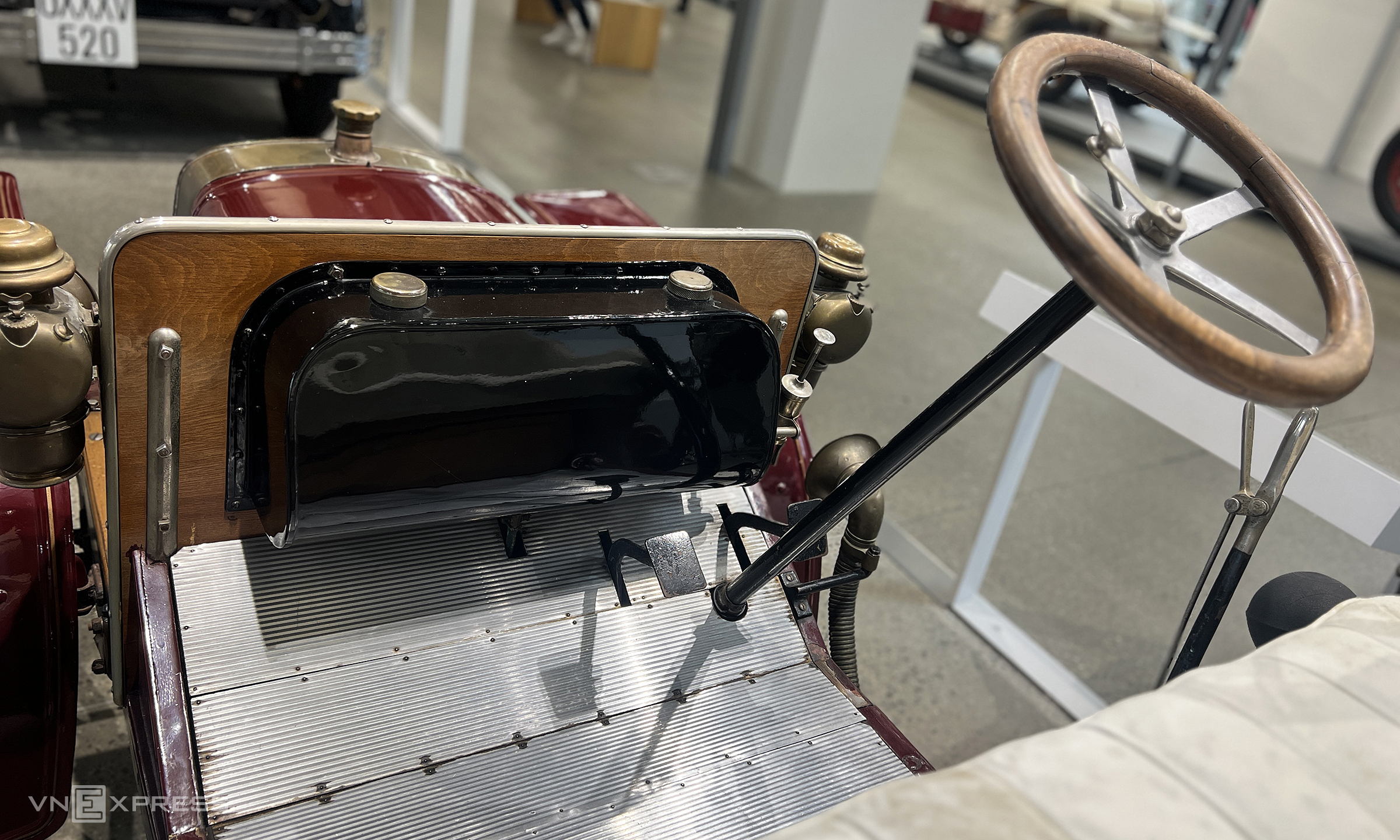 |
The simple "cabin" featured a vertical steering column, with the dashboard serving as the filling point for fuel and coolant.
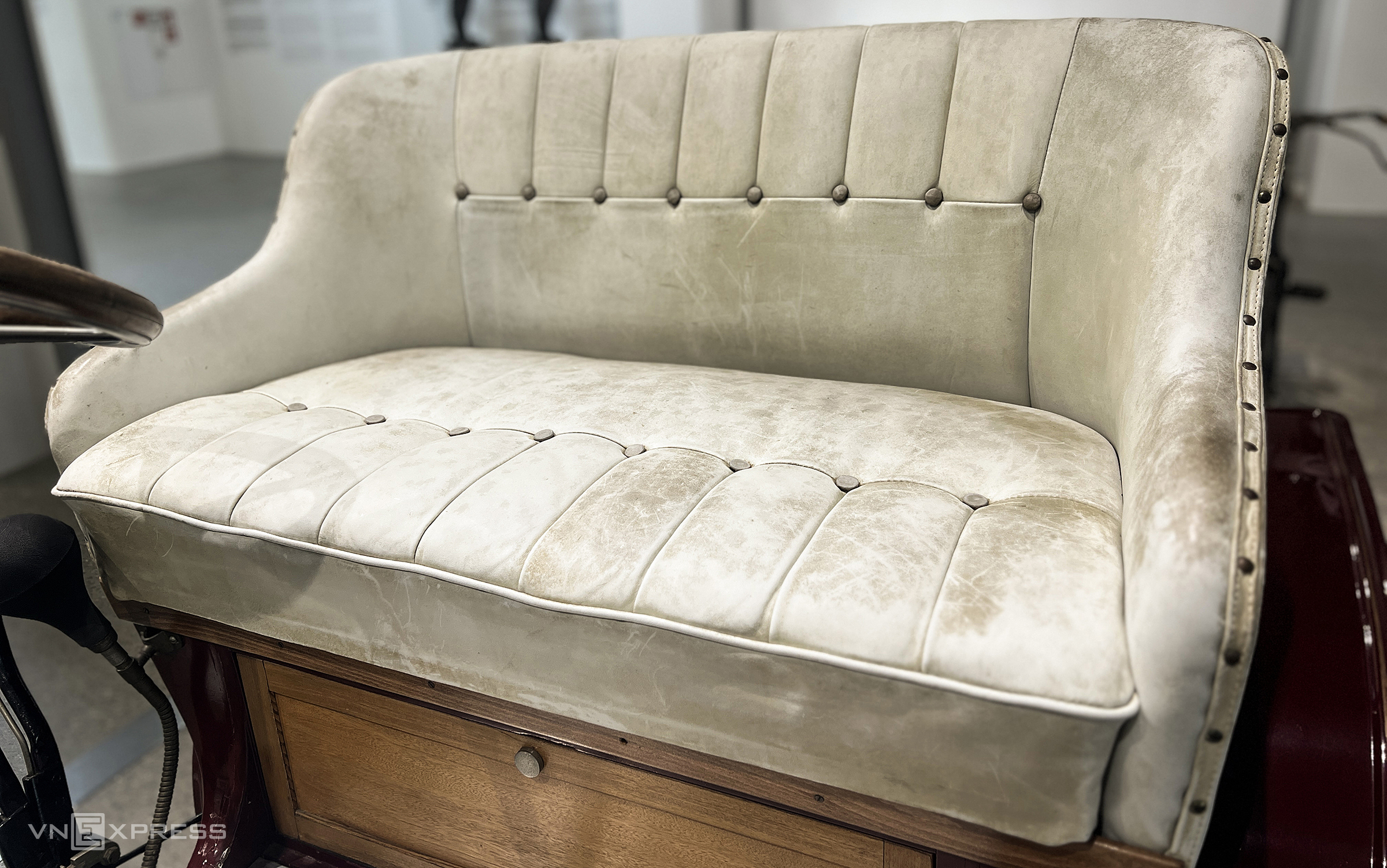 |
The wide bench seat was upholstered in leather, with an option for two individual seats. A small storage compartment located beneath the seat typically held basic repair tools, rope, a hand pump, or a spare chain.
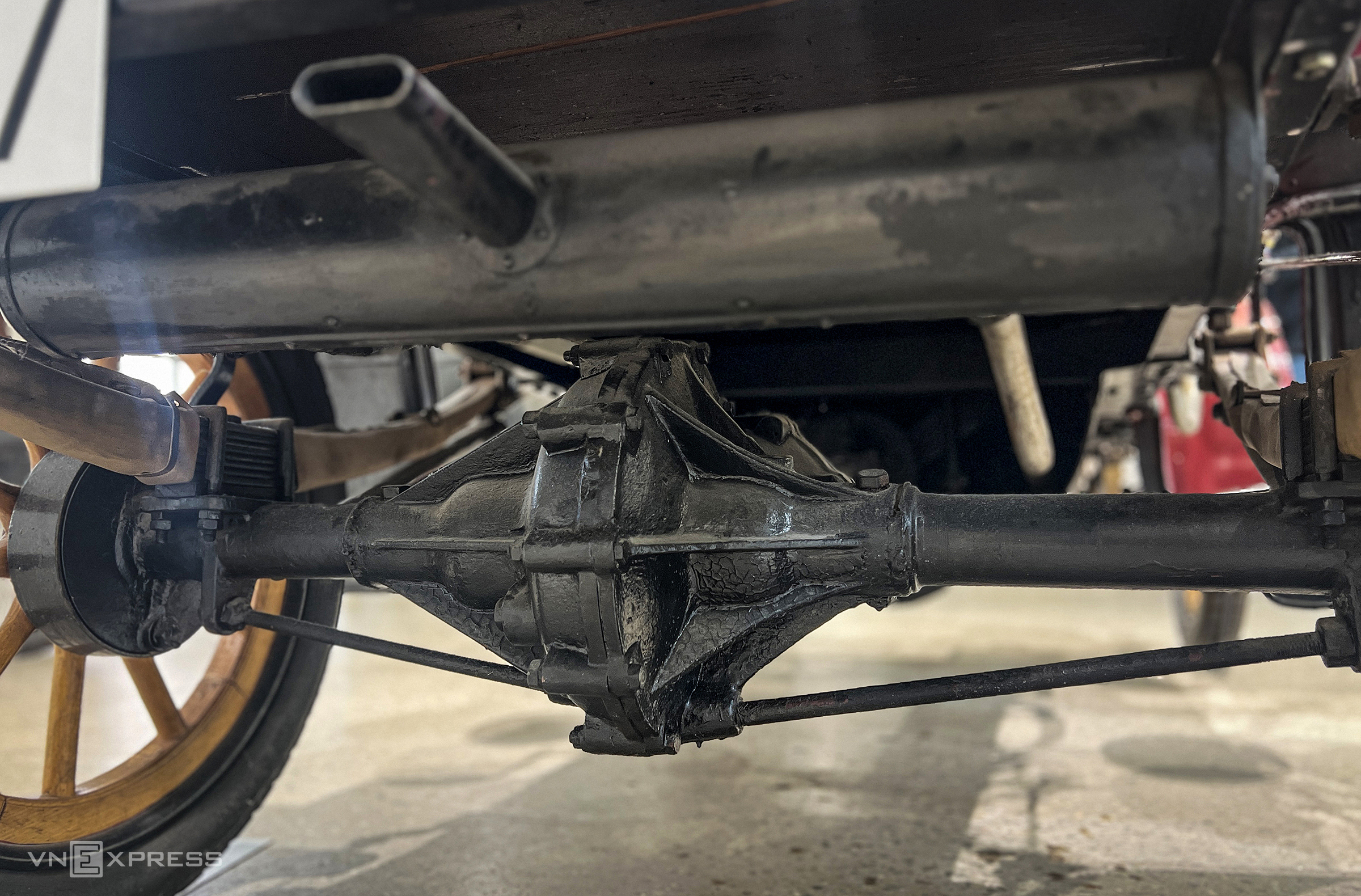 |
The car's chassis consisted of a ladder frame supporting two rigid axles with semi-elliptical leaf springs.
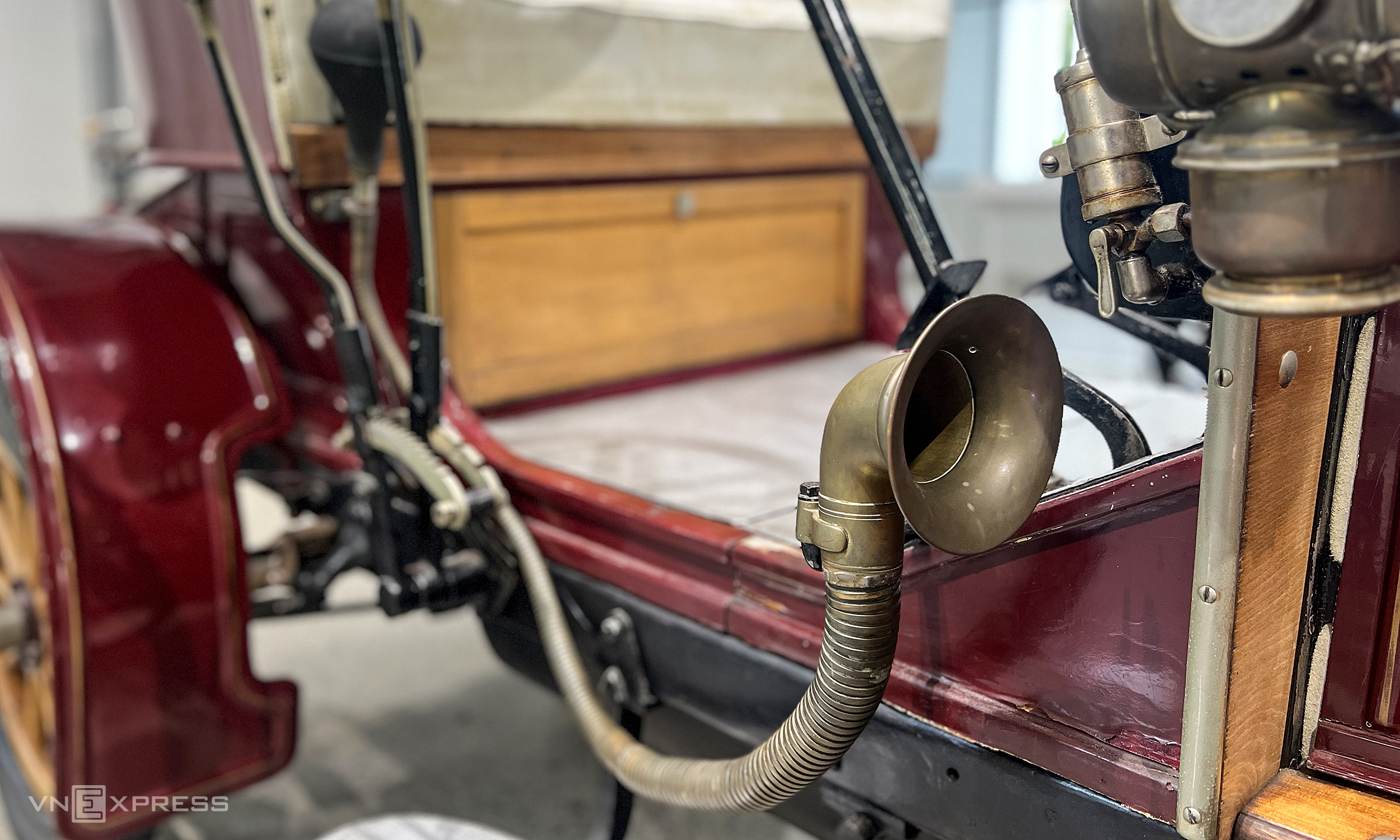 |
The horn had a simple design; sound was produced by squeezing a rubber bulb located next to the driver.
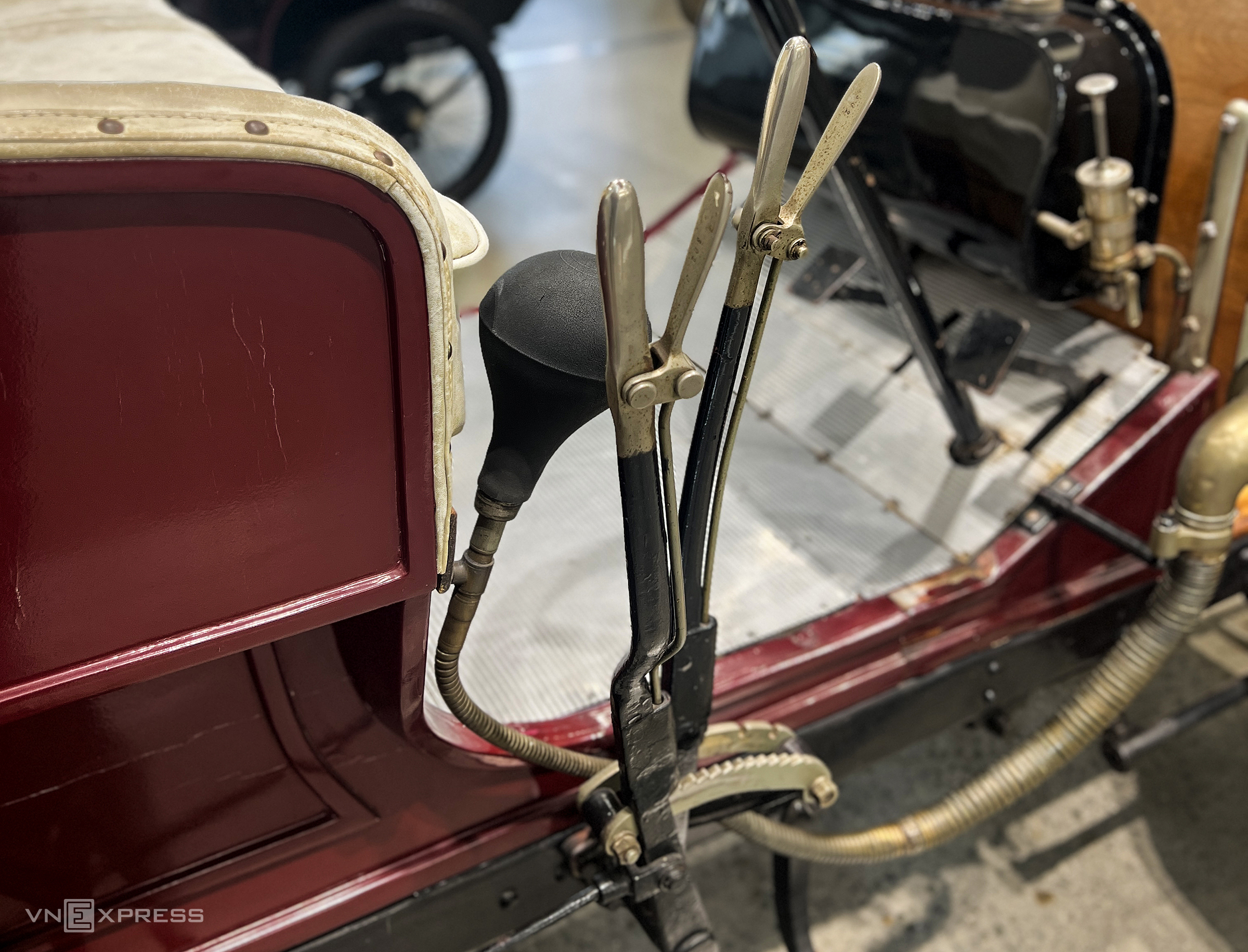 |
The handbrake and gear lever were positioned on the side. The car could reach a top speed of 40 km/h. To decelerate, the driver applied force to the driveshaft or used the handbrake lever acting on the rear wheels. At that time, fuel was not measured in liters due to variations in quality and density; thus, the car consumed about 4 kg of gasoline per 100 km.
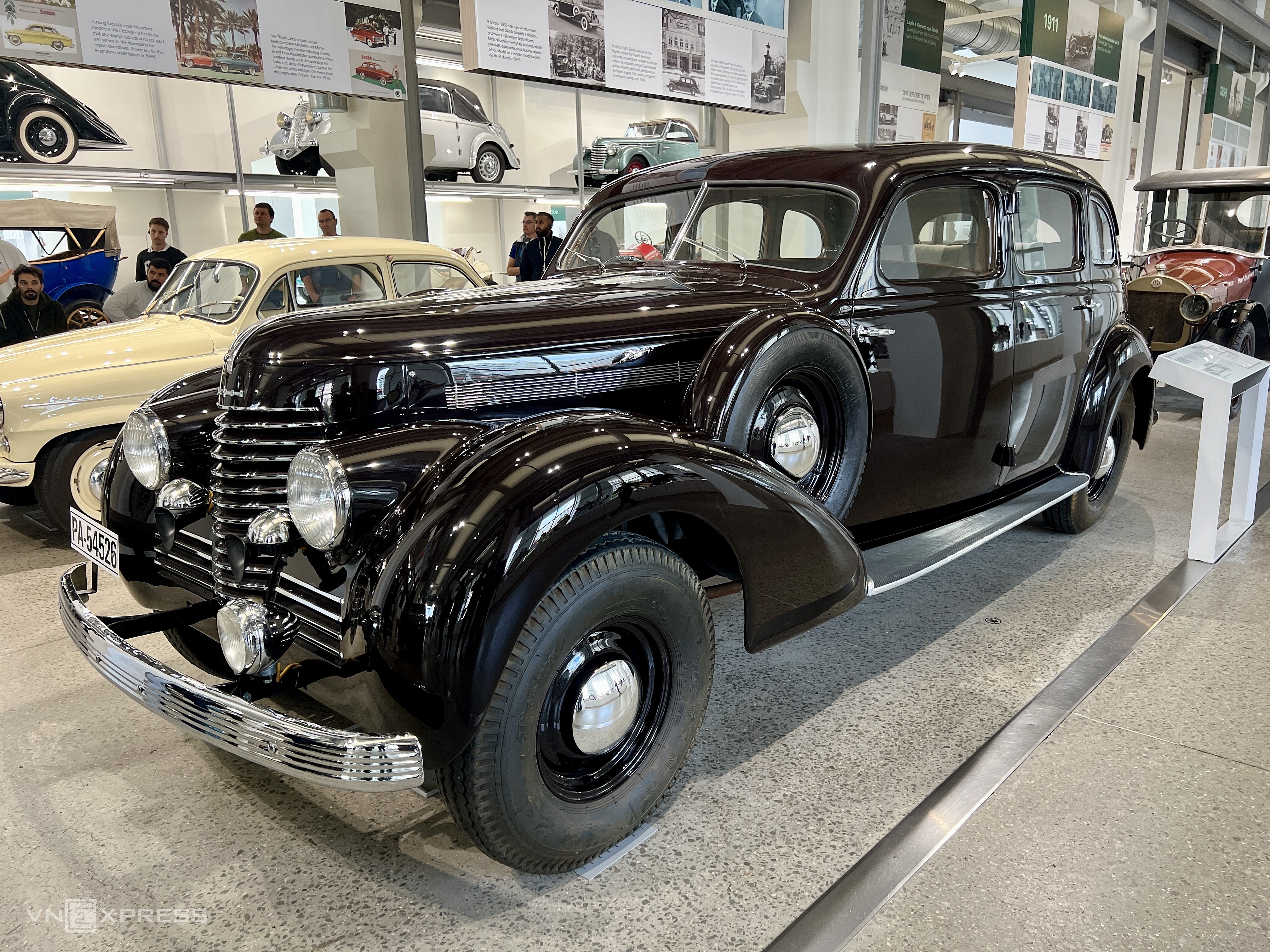 |
Beyond the Voiturette A, the museum also displays many other notable vehicles from Skoda's history. Pictured is the Superb 4000 limousine, from 1940. This V8-powered car saw 10 units produced before World War II.
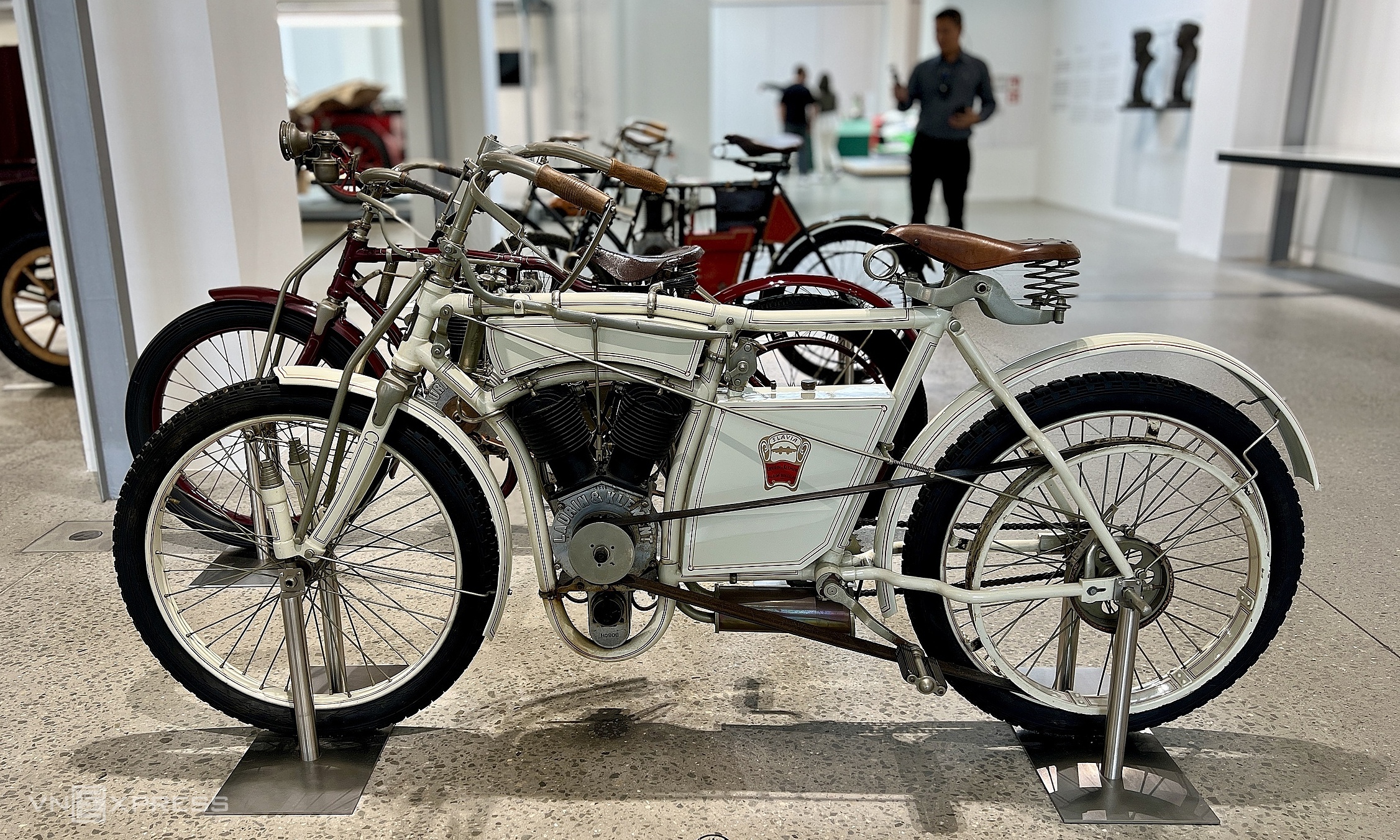 |
Early L&K motorcycles, products from the company's initial phase, showcased an artistic design.
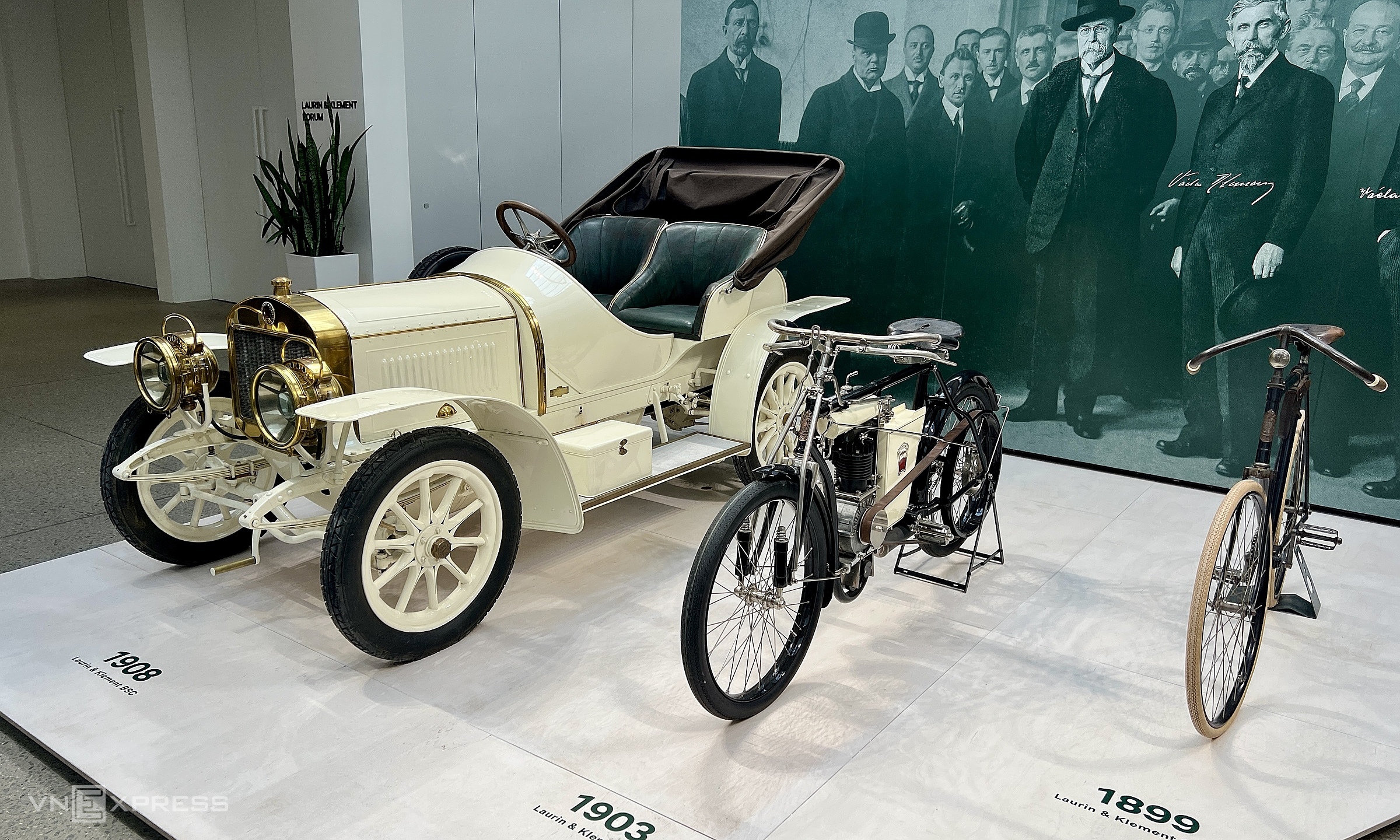 |
The Laurin & Klement BSC car is considered the most successful sports car that helped the brand expand beyond Czech territory. While 12 units of the BSC were produced, only one has been meticulously restored by Skoda over two years. Also displayed are two BZ bicycles from 1903 and the first Slavia bicycle, produced in 1899.
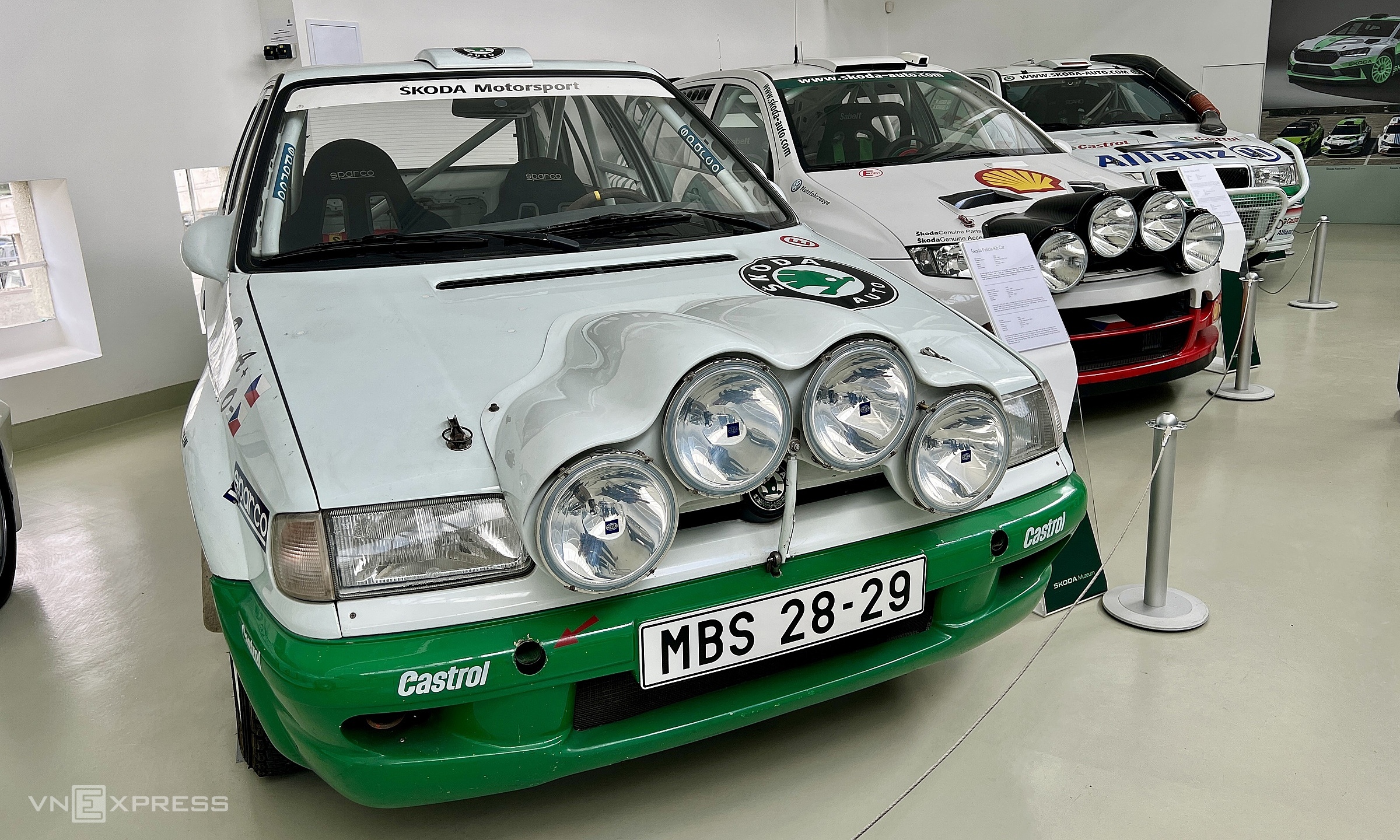 |
Skoda has also been a prominent name in racing, with its vehicles conquering challenging events like the 24 Hours of Le Mans endurance race, which requires 24 continuous hours of racing with driver changes. Due to night racing, these cars mandated the use of multiple lights.
Minh Quan
Photos: Duc Huy




